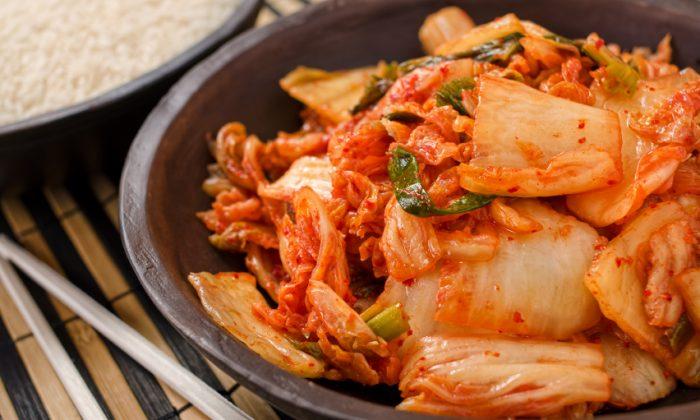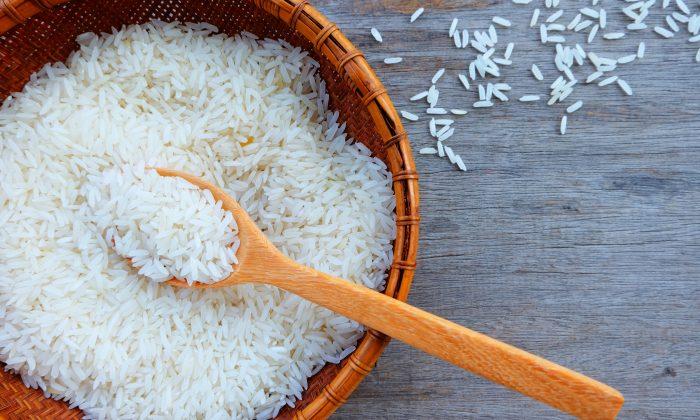By Allene Edwards, Organic Lifestyle Magazine
Eating to establish and maintain healthy bacteria in the gut may be the most important action we take to maintain and enhance our health. Healthy gut bacteria aid in the digestion of our food, protect us from pathogens, are essential to our immune system, create 95 percent of our serotonin, and more. Once we understand how the good bacteria in our gut aid us, it’s easy to understand how crucial gut health is to our overall health.
Prebiotic foods are the first and most important step. Raw vegetables and fruits feed the healthy bacteria in our gut and provide the insoluble fiber that not only moves waste through our system, but provides a structure for the bacteria to cling to as it multiplies. These foods should comprise 80 percent of our diet.
Though stomach acid may kill the majority of bacteria in fermented foods, many believe that regular consumption of these foods adds to the healthy bacteria in the gut.
Not long ago, I drove across town to buy kimchi, one of my favorite probiotic foods. A pint was $6.99. A quart was $12.99. I was so excited to get a gallon jar for $20, I forgot to read the label! MSG. Need I say more? So I decided it was time to learn how to make kimchi.
The first step in making any fermented food is to thoroughly wash the jar you are using for the fermentation, all of the utensils and dishes, and your hands. Just make sure everything is good and clean. Running things through the dishwasher or sterilizing is an option to consider.
Ingredients
- 1 large Chinese cabbage (2 pounds). Napa seems to be the most common choice for kimchi, but you can use bok choy or any other cabbage.
- 1 cup kosher salt
- 2 cups of pure water
- 1 daikon radish
- 5 green onions or scallions
- 1 Granny Smith apple
- 2–3 carrots
- 1 head of garlic
- 1/4 cup of sliced ginger
- 1 tablespoon organic sugar
- 1 1/2 cups of Korean red chili flakes or hot pepper powder
- Soy sauce, fish sauce, or vegetable culture
- Jars or a fermenting crock
Directions
Chop Up Cabbage. There are hundreds of recipes for kimchi. One of the variations involves how you cut up the cabbage. You can cut it into bite-size pieces, or you can cut a Napa cabbage into four pieces, core the pieces, and separate each leaf, which you will eventually spread with your spice mix and roll up. Or you can leave the entire cabbage intact. In this recipe, we are going to cut the cabbage into bite-size pieces.
Soak Cabbage. First wash the cabbage. Now you will soak the cabbage in your brine mixture.
Again, the directions vary widely on this step. Some say massage the salt into the cabbage leaves; others say soak in salt water from two hours to overnight. My preference is the quick method that only takes an hour.
- Separate the cabbage into two bowls (unless you have one great big bowl).
- Sprinkle half a cup of salt on the cabbage in each bowl.
- Pour one cup of water into each bowl.
- Using very clean hands, massage the salt into the cabbage. Do this every 20 minutes for an hour.
Cut Other Vegetables. The other vegetables (and the apple) need to be cut into small pieces—thin enough to ferment well and become soft, but not so thin that they dissolve into the mixture. You can cut your radish, carrots, and onions into matchsticks or slices. Aim for bite-size pieces that are no more than 1/4-inch thick and 1-inch long. Set aside. (Remember to toss the cabbage after 20 minutes.)
Make Paste. Use a food processor to process the ginger and garlic until it is a paste. Put it in a bowl and add the red chili flakes and organic sugar. Add a few tablespoons of nonchlorinated water to make the paste a spreadable consistency. Add 2 teaspoons of soy sauce or fish sauce or use a vegetable culture according to directions. Mix well. (Once again, massage and toss your cabbage.)
Rinse and Drain Cabbage. When you have massaged and mixed your cabbage three times, rinse it well to remove the excess salt. Make your final rinse in filtered or nonchlorinated water. (Chlorine inhibits the fermentation process.) Rinse and dry your bowl. Drain cabbage in a colander for 20–30 minutes. Squeeze out excess water (or use a lettuce spinner).
Put It All Together. Once your cabbage has drained, put it back in the dry bowl and add the other vegetables and apple. Mix well.
Rubber or plastic gloves are a good idea. If you don’t use them, the red pepper will burn sensitive skin. But you don’t have to use them. Just make sure your hands are really clean and don’t touch your face or eyes.
Add the paste and really work it in to coat every surface.
Pack the coated produce into jars or a crock. Pack it tight. Leave an inch or two at the top of the jar. Push down on the cabbage mixture to make the brine rise above it.
Put a lid on the jar and store it in a dark place for one to five days. You will need to burp the lid once a day if you use a standard jar. Or you can use a lid with an airlock. Or you can use a crock. Your kimchi will be ready when the cabbage looks a little translucent and tastes right. Usually two to three days. Refrigerate it at that time to slow down the fermentation process.
Remember, kimchi recipes will vary in ratios and ingredients. The amount of ginger and garlic vary widely as well as whether or not to use fish sauce or to add carrots or apple. Ratios will vary as well as ingredients. Experiment. Discover your own perfect recipe.
Allene Edwards is the managing editor of Organic Lifestyle Magazine, where this article was originally published.






Friends Read Free